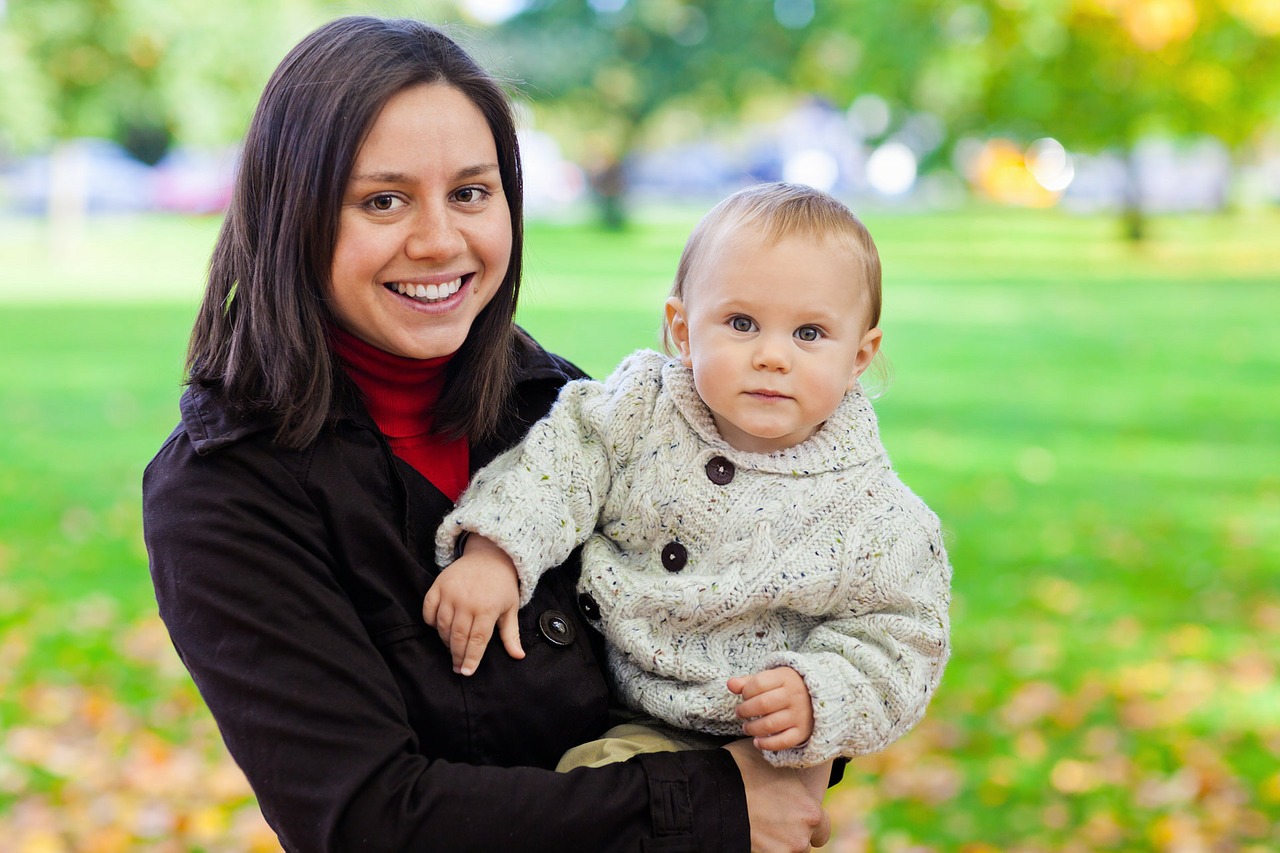
Workforce participation by women with young children has been steadily increasing since the 1970s: According to an analysis by the Families and Work Institute, in 1974, 47% of women with children under 18 participated in the labor force, and by 2007 this figure had increased to 71%. Despite this significant shift, there have been few studies on how working while caring for young children affects women’s health.
A 2011 study in the Journal of Women’s Health Issues, “Balancing Work and Family After Childbirth: A Longitudinal Analysis,” used a sample of 541 working mothers in the Minneapolis/St. Paul area to measure the relationship between women’s health after childbirth and work-family conflicts. The researchers, from the University of Minnesota and the SUNY Downstate Medical Center, measured work-family conflict by looking at situations where the responsibilities of different domains come into conflict.
The study’s findings include:
- By 11 weeks after childbirth, 53% of the women returned to work; by six months, almost all the women were back at work (all in the survey sample had worked in the year preceding childbirth.)
- Women experienced job spillover into the home more frequently than home spillover into work.
- Lower mental health scores were associated with both high levels of job spillover into home and medium-to-high levels of home spillover into work.
- No association was found between job spillover into the home and physical health. Medium-to-high levels of home spillover into the workplace were actually associated with “slightly improved physical health when compared with women reporting low levels of home spillover.”
- There was “a positive relationship between health and total hours worked, with each additional hour of work being associated with a slight increase in both mental and physical health.”
- A positive association was found between women’s mental health scores and both social support from co-workers and positive feedback from family members about the way a woman “balanced both work and family.”
- There was an inverse relationship between work flexibility and job spillover, with more flexible work arrangements not increasing the amount of time a woman is able to spend with her child.
- Longer periods of work leave for childbirth were associated with a longer duration of breastfeeding.
The researchers note that some of the findings — in particular that more working hours were associated with better health for women and that more flexible working arrangements may not always benefit a woman’s health — call into question standard assumptions about women and work. Indeed, the study notes that “women who felt it was relatively easy to take work home also experienced worse mental health than women who found bringing work home difficult. Women who found it easy to change their work hours also worked more hours and more frequently worked in professional jobs.”
Tags: women and work, children
